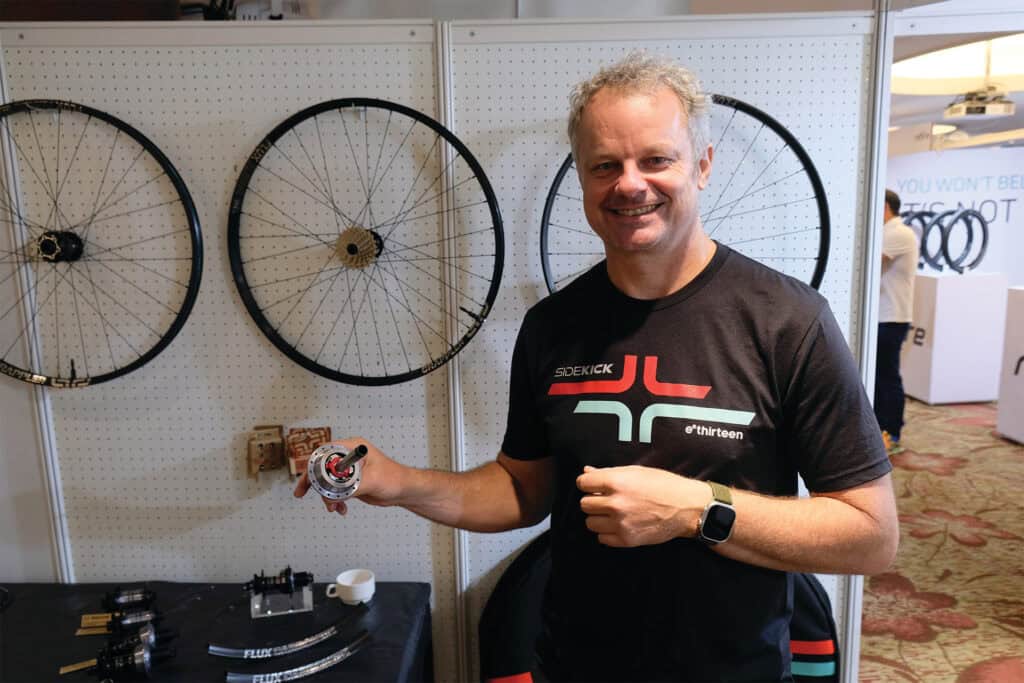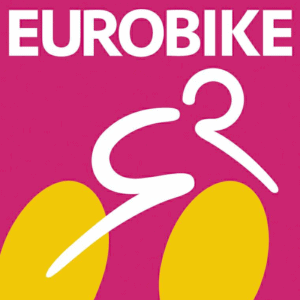Components and parts manufacturer eThirteen thinks it has found a solution to completely isolate the drivetrain from the rear suspension.

The first discussions about pedal kickback probably started with the launch of the first suspension mountain bikes. Since the rear axle and the bottom bracket are connected by a chain and the exact distance of the two changes as the rear suspension goes through its travel, this change in distance translates into a movement of the cranks. This can throw a rider off-balance, and it also impacts the function of the rear suspension. Some aftermarket devices try to absorb this effect, as does the currently popular frame construction with an idler pulley at the exact height of the main pivot.
The ethirteen brand launched its Sidekick hubs, with a novel freehub mechanism, at last year’sBike Week. At the core of this mechanism is a timed pusher in the freehub that allows the pawls to retract from the ratchet entirely, effectively isolating the drivetrain from the rear hub and the swingarm. “Sidekick not only improves suspension performance, it also adds grip while reducing vibration and chain noise, while giving free coasting speed due to its low friction,” explains Managing Director Joel Peters. Another special feature of the design is its tool-free adjustable deadband. The distance the freehub can travel before engaging can be set to 12°, 15° or 18° depending on the travel of the frame and personal preferences. Ethirteen is selling the Sidekick hubs separately or as part of its new Grappler and Sylvan wheels.


